Your location:Home >Automotive News >
Time:2022-06-23 17:56:09Source:
The epidemic since March has disrupted the production rhythm of the national auto industry, especially in the Yangtze River Delta region.Data from the Gasgoo Automotive Research Instituteshows that in April and May, the terminal sales of new energy vehicles (mainly referring to passenger cars) in cities changed significantly. Shanghai dropped out of the top 50 from one place, and Suzhou’s experience was more like a “roller coaster”, ranking from No. 1 in the past three months. 7 fell to 22 and then rose to 7th, while cities such as Foshan and Chengdu rose significantly in the rankings.
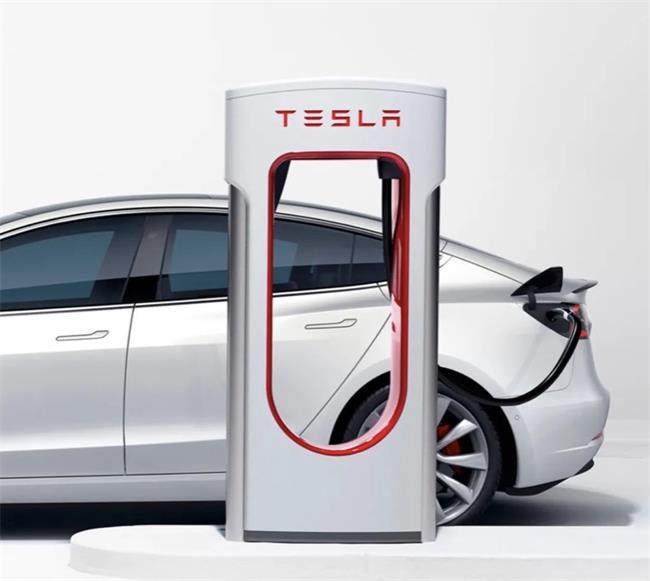
Image credit: Tesla
In terms of the penetration rate of new energy vehicles, those who pay close attention to the development of the automobile industry will find that in less than two years, the penetration rate of new energy passenger vehicles has increased significantly.In 2020, the penetration rate of new energy passenger vehicles was only 5.8%, but it rose to 26% in May this year.Behind this, in addition to the help of restricted cities, there are also the rise of second-tier and below cities, such as Wenzhou, Wuhu, Liuzhou and other cities, the penetration rate of new energy vehicles exceeds 40%, even higher than Beijing, Guangzhou and other first-tier cities.
The penetration rate of new energyvehicles can intuitively reflect the market share of new energy vehicles in each city over a period of time.It can be seen that the private consumption market of new energy passenger vehicles is expanding from cities with purchase restrictions to new first-tier cities and below.Some industry insiders are optimistic that the penetration rate of new energy passenger vehicles is expected to reach 35% in 2022.
Shanghai falls out of top
In the ranking of new energy vehicle terminal sales in cities in May, Shanghai dropped out of the top 50, Suzhou rose to seventh place, Shenzhen topped the list again after April, and Chengdu remained at third place.
Due to the deep impact of the epidemic, Shanghai's automobile terminal sales (including fuel vehicles and new energy vehicles) in April were only 1,143 units, and the ranking of new energy vehicle terminal sales dropped out of the top 100.With the resumption of work and production in the auto industry, Shanghai's new energy vehicle terminal sales rose to 51st place in May, with 1,644 units.
It should be known that before the outbreak of the epidemic, Shanghai has always ranked first in the terminal sales of new energy vehicles in various cities, and has not fallen out of the first echelon.In the first quarter of this year, Shanghai's cumulative terminal sales of new energy vehicles reached 54,000, 16,000 more than the second-placed Shenzhen.In the whole of last year, Shanghai's new energy vehicle terminal sales were 241,000, 90,000 more than Shenzhen.With the full resumption of production and life after June, Shanghai's new energyvehicle salesshould soon return to No. 1.
Compared with Shanghai, the outbreak of the epidemic in Suzhou was mainly concentrated in April. Suzhou's new energy vehicle terminal sales ranking fell to 22nd, with 3,172 vehicles.In May, Suzhou basically resumed normal production in an all-round way, and the terminal sales of new energy vehicles were 6,932 units, ranking 7th on the same level as in March.
The return of Suzhou's ranking to pre-epidemic levels in May should also be related to the impact of the epidemic on the production of new energy vehicles in the country.In April, the shortage of auto supply in the Yangtze River Delta region spread to the national auto industry, resulting inlimitedproduction capacity of many auto companies.Data show that there are only three or four cities with terminal sales of new energy vehicles exceeding 10,000 in April and May.In March, the sales of new energy vehicles in the top ten cities exceeded 10,000, of which Shanghai exceeded 20,000.
Suzhou is a frequent visitor to the city's top 10 new energy vehicle terminal sales in 2021.In 2020, Suzhou ranked 13th with 10,000 vehicles.In addition to Suzhou, Chengdu and Foshan have achieved a high multiple growth in sales of new energy vehicles after more than a year of development.In the first five months of this year, Chengdu's cumulative terminal sales (55,000 units) were three times that of 2020 (18,000 units).The cumulative terminal sales of Foshan in the first five months reached 37,000 units, nearly ten times that of 2020 (4,100 units).The rankings of the two major cities also rose from the 8th and 29th places that year to the 3rd and 12th places respectively.
The ones who were squeezed out were Liuzhou and Beijing.Among them, Liuzhou's new energy vehicle terminal sales ranking has fallen the most. In 2020, it ranked 9th with 15,000 vehicles, but it has dropped to 32nd in May this year.Beijing dropped from 2nd in 2020 to 5th.The reason is that compared with other cities, the sales growth of new energy vehicles in cities such as Beijing and Liuzhou is slow.For example, the terminal sales of new energy vehicles in Beijing in 2021 will be 125,000 units, a year-on-year increase of 113.6%, while the growth rates of cities such as Shanghai, Shenzhen, and Guangzhou in the same period have exceeded 2 times, and the growth rates of Chengdu and Zhengzhou have exceeded 4 times. Foshan is as high as 7 times. times.
From the changes in the terminal sales of new energy vehicles in various cities, it can be seen that new energy vehicles are gradually radiating from the purchase-restricted cities to the first- and second-tier cities and below, boosting the substantial growth of the new energy vehicle market.
The rise of first-tier and below cities and the expansion of the private consumption market
In 2021, an important node in the development of new energy vehicles, among the top 100 cities, nearly 90% of the terminal sales of new energy vehicles will increase by more than 2 times year-on-year.The terminal sales of new energy vehicles in Shanghai have soared from 65,000 in 2020 to 241,000, and Shenzhen, Guangzhou, Hangzhou, etc. have also increased from tens of thousands to hundreds of thousands.In some cities, the year-on-year increase was as high as 6 times or even 8 times.And in most cities, more than 70% of car buyers come from the To C (private consumer market).
Entering 2022, the oil price has continued to rise (it has risen for ten consecutive years). At present, the oil price of No. 95 in many places has exceeded the 10 yuan mark, prompting some consumers to lean towards electric vehicles.Some institutions said that high oil prices caused consumers to switch to electric vehicles and the proportion of the impact reached 20%.The new energy vehicle market has performed strongly this year. According to data from the China Automobile Association, the cumulative terminal sales of new energy passenger vehicles from January to May reached 1.915 million units, a year-on-year increase of 113.4% and a market share of over 20%.
First-tier cities are still the main force for the growth of new energy vehicle terminal sales. In the first quarter of this year, except for Shanghai, the other 18 cities maintained high growth. Among them, some non-restricted cities such as Chengdu, Chongqing, and Foshan doubled the growth rate in the same period, achieving a breakthrough of 10,000 vehicles. .From the rise of non-restricted cities, it can be seen that in recent years, driven by multiple factors such as policy promotion, gradual improvement of supporting facilities, entry of car companies to enrich product categories, and enhanced consumer awareness of environmental protection, the previous pattern of restricted cities being the main force of new energy vehicle consumption is being broken. .
Among the non-restricted cities, the terminal sales of new energy vehicles in Chengdu overwhelmed Guangzhou, Beijing and other restricted cities.Analysts from Gasgoo Automotive Research Institute said that as a provincial capital city, Chengdu has high per capita disposable income and strong purchasing power, and has a relatively complete layout of the new energy vehicle industry.The data shows that by the end of 2021, Chengdu has more than 5.7 million cars, ranking second in the country; a total of 61,000 charging piles have been built (some residents' self-use charging piles are not included in the statistical scope), and 1,413 charging and swapping stations. "3.9:1.It can be said that Chengdu consumers do not have much worries about purchasing new energy vehicles.
Foshan, a new first-tier city, is one of the cities with the fastest rise in the ranking of new energy vehicles.As the third largest city in Guangdong, the demand for automobile consumption is relatively strong, and the awareness of environmental protection is relatively high.And since last year, Foshan has successively introduced a number of preferential policies for the purchase of new energy vehicles, such as a subsidy of up to 20,000 yuan per new car.At the same time, the FAW-Volkswagen MEB plant was established in Foshan, and the local new energy vehicle industry has been deployed rapidly.All this has laid a good foundation for expanding the market share of new energy vehicles in the local area.
The sales of new energy vehicles in various cities have risen, and the most intuitive change is the increase in penetration rate.
The penetration rate of first-tier cities is not as good as that of third-tier cities?
Just looking at the penetration rate of new energy vehicles in various cities is not proportional to the terminal sales.Gasgoo compiled the top 10 new energy vehicle terminal sales in May and found that only Shenzhen (45.2%) and Hangzhou (42.2%) had a penetration rate of more than 40%. Most cities such as Beijing and Chengdu had a penetration rate of new energy vehicles of 30%. -40%.
Among the TOP10 new energy vehicle penetration rate in May, Shanghai ranked first, reaching 63.95%, mainly because the production capacity of fuel vehicles (927 units) was limited due to the epidemic.The penetration rate of new energy vehicles in Shanghai from January to May was 40.45%, second only to Shenzhen.Shanghai has obvious advantages in the layout of the new energy vehicle industry: cities with limited purchases, policy promotion, driven by brands such as Tesla and SAIC Volkswagen, and a complete new energy vehicle industry chain.
Except for Shanghai, the remaining nine cities are mostly third- and fourth-tier cities.However, only Liuzhou and Wuhu have outstanding performance in both terminal sales and penetration of new energy vehicles. In May, the terminal sales of new energy vehicles were both more than 2,000, ranking around 30.This should be related to the existence of new energy vehicle production bases in the two places, and the formation of relatively complete supporting facilities such as charging.Liuzhou has SAIC-GM-Wuling and Wuhu has Chery. The price of new energy vehicles produced by the two major auto companies is less than 100,000 yuan, which is in line with the local market demand.
Zhang Xiang, dean of the New Energy Vehicle Technology Research Institute of Jiangxi New Energy Technology Vocational College, said that the promotion of policies is the main reason for the increase in sales and penetration of new energy vehicles in many places.On this basis, there are two points of support: one is that the local financial budget is sufficient, which can provide continuous financial support for the development of new energy vehicles; the other is that local consumers have strong awareness of environmental protection and are willing to take the initiative to buy new energy vehicles.He believes that the third-tier and above cities in the east have economic and market advantages.
Combined with the comprehensive analysis of the terminal sales and penetration rate of new energy vehicles in various cities, the top two rankings are mostly third-tier cities and above. Except for purchase-restricted cities and provincial capital cities, the rest are mostly from cities with relatively strong economic strength in the east, such as Guangdong. Foshan, Zhejiang Ningbo, Wenzhou, etc.
Among them, Wenzhou beat first-tier cities such as Hangzhou and Guangzhou with a penetration rate of 42.83% of new energy vehicles.Zhang Xiang said that Wenzhou has relatively strong economic strength and can provide continuous financial support for the development of new energy vehicles.Wenzhou has been formulating support policies for the promotion and application of new energy vehicles since 2017, covering vehicle companies, auto parts companies, and terminal consumers, providing "real money" support.For example, for new energy taxis at the same level, a subsidy of 20,000 yuan per car will be given; for state-owned public parking lots and road parking spaces, new energy vehicles will be offered a 2-hour free parking fee for the first time on the day.
At present, the expansion of the private consumption market share of new energy vehicles in various cities is still inseparable from the strong support of policies.The third-tier and above cities in the east coast have stronger economic strength, and consumers have high environmental awareness and strong purchasing power, which means that they will occupy the development advantages of the new energy vehicle industry for a long time and will become the main force for sales growth. military.
Statement: the article only represents the views of the original author and does not represent the position of this website; If there is infringement or violation, you can directly feed back to this website, and we will modify or delete it.
Preferredproduct
Picture and textrecommendation

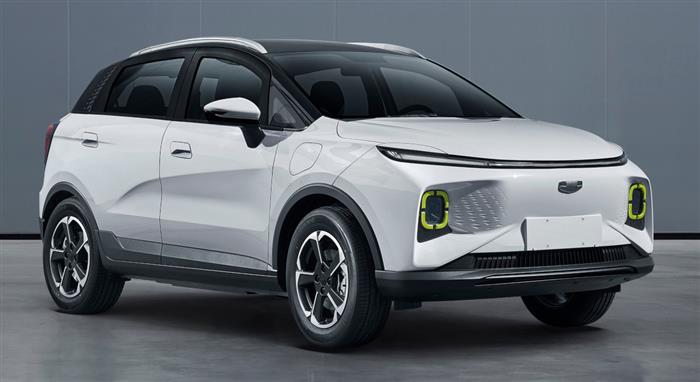
2022-06-23 17:36:38
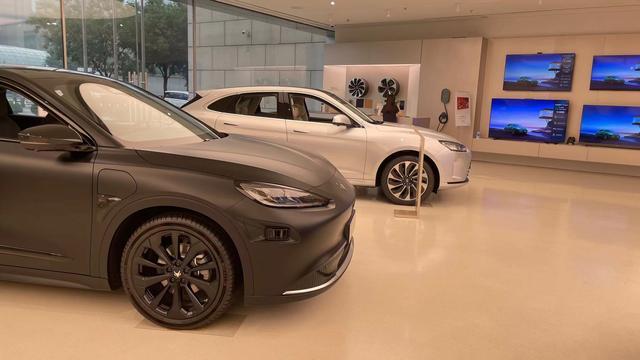
2022-06-23 17:36:39
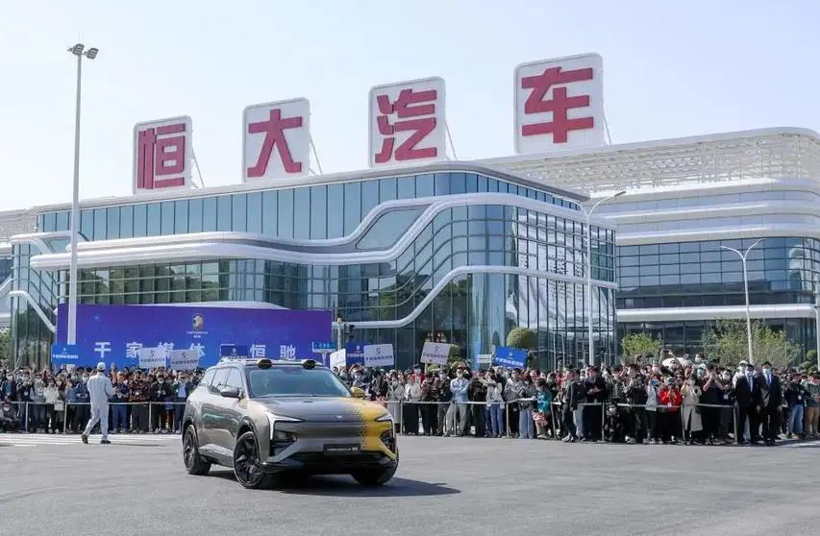
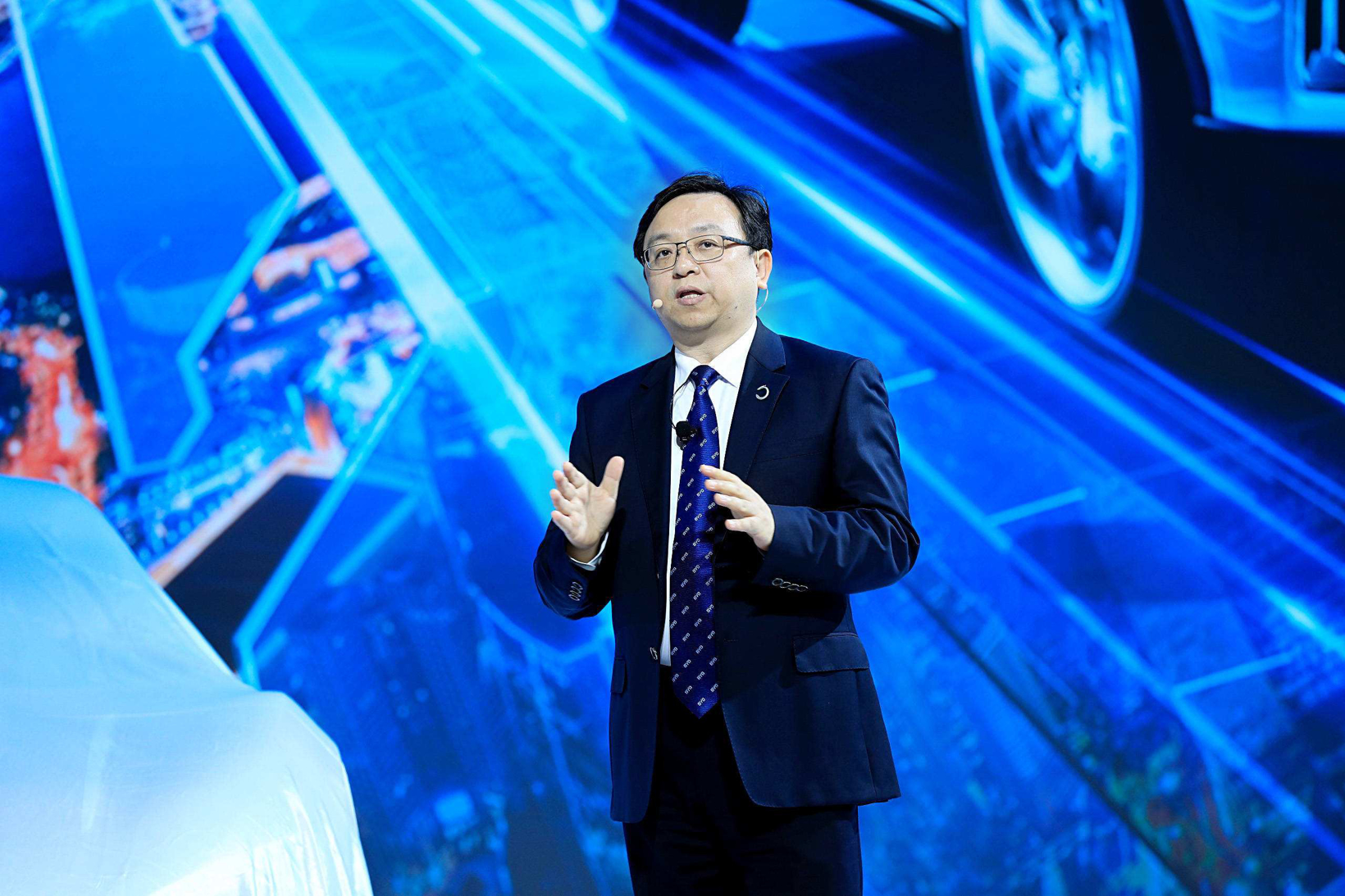
2022-06-23 17:36:40
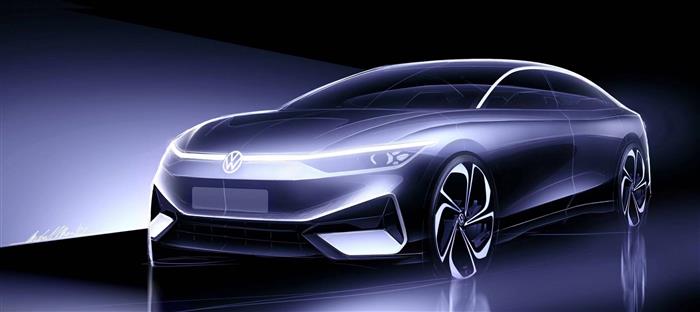
Hot spotsranking
Wonderfularticles
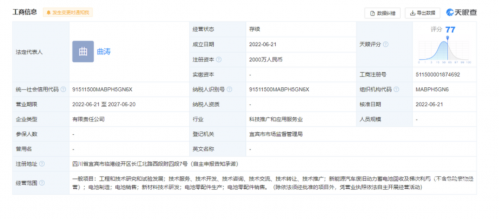
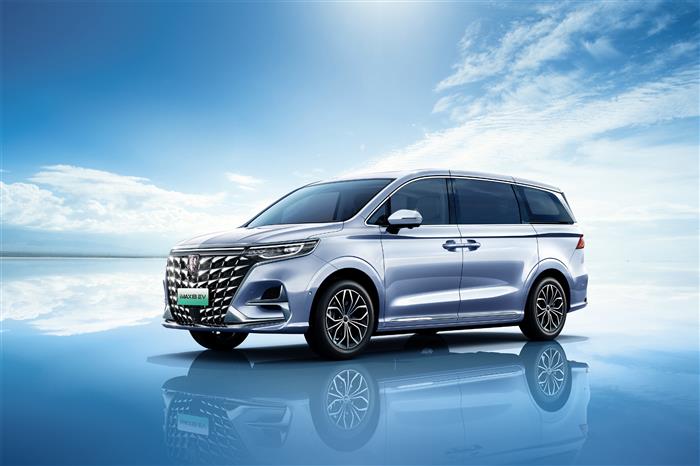
2022-06-23 17:36:43
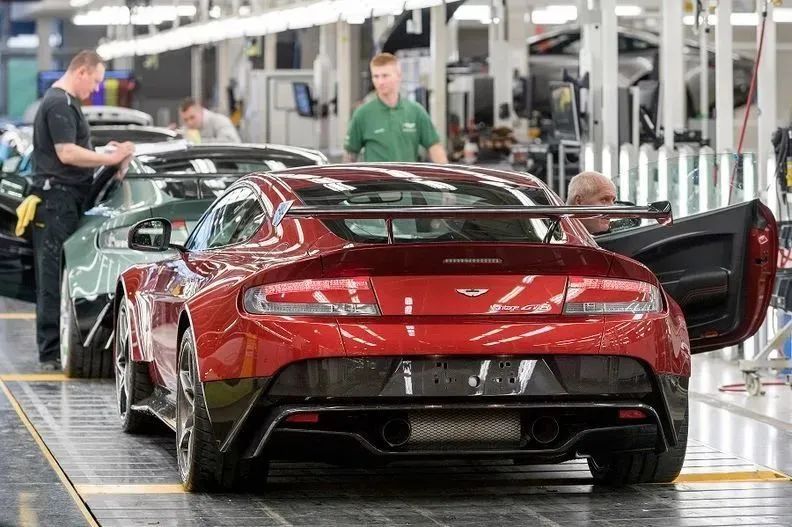
2022-06-23 17:36:44
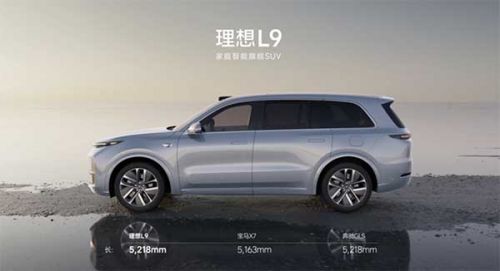
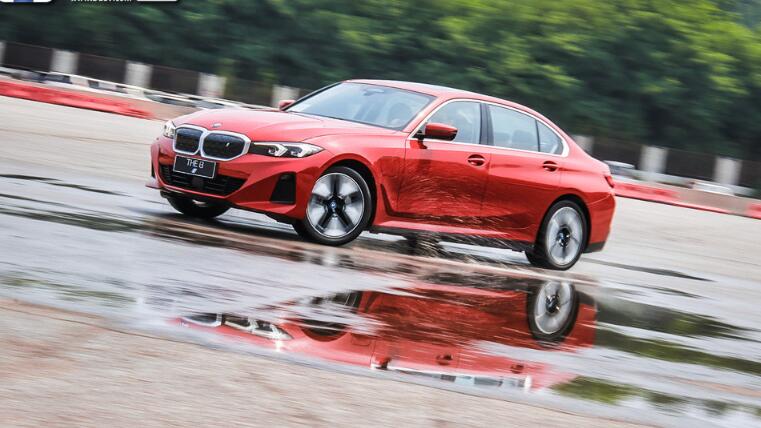
2022-06-23 17:26:34
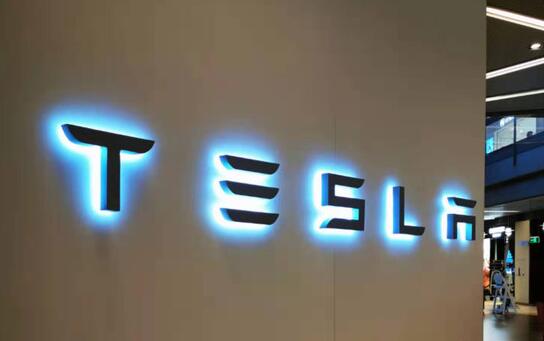
2022-06-23 17:26:44
Popularrecommendations
